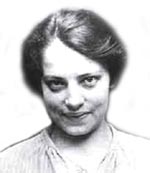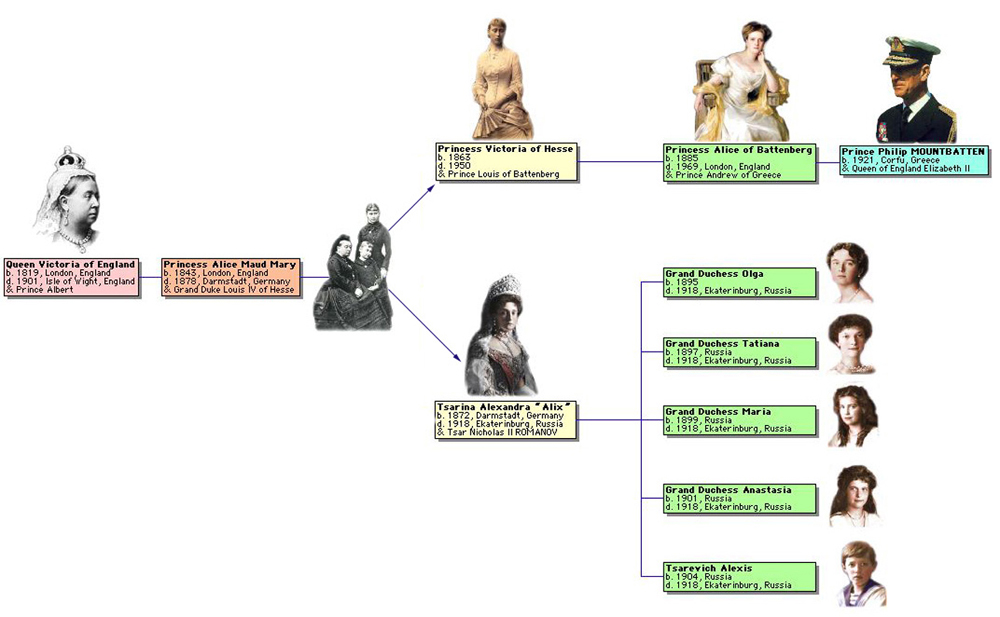Who Was Fräulein Unbekannt (aka Anastasia Romanov)?
On February 17, 1920, a young woman was rescued from the waters of the Landwehr Canal in Berlin, where she had evidently thrown herself in a moment of despair. Over the subsequent days and months she was interviewed repeatedly by police but refused to reveal her identity, proclaiming defiantly in broken German, “If people knew who I am, I would not be here.” Her refusal to identify herself persisted for another two years while she was a resident of various Berlin hospitals and asylums where she was known simply as Fräulein Unbekannt (Miss Unknown). Finally in 1922 she revealed that she was in truth the Grand Duchess Anastasia Romanov and that in July, 1918 she alone, through a series of extraordinary events and circumstances, had survived the brutal murder of her father, Tsar Nicholas II of Russia, her mother, the Tsarina Alexandra, her three older sisters and younger brother, as well as several other members of the royal household.
Few tales of royal intrigue have captivated the public imagination as thoroughly as the execution of the Russian royal family followed by the account of the miraculous survival of the Tsar’s youngest daughter, Anastasia. After hearing the Anastasia story in 1922 hundreds of both supporters and detractors lined up to either embrace a lost princess or reject an imposter. Scores of articles, several books, a stage play, a classic Hollywood film starring Ingrid Bergman and Yul Brenner, and a recent Disney animated cartoon all have contributed to the longevity of this romantic tale. The truth of the story, however was never resolved during the lifetime of the mysterious Fräulein Unbekannt (later referred to as Anna Anderson).
In 1991 Aleksandr Avdonin excavated a mass grave in the vicinity of Ekaterinburg, a remote factory town some 800 miles east of Moscow in the Urals, where the Romanov family was held captive for the last months of their lives. The grave contained the bones of nine individuals, five of whom seemed to form a family unit, and immediately raised the suspicion that Avdonin had unearthed the final resting place of the Romanvos. Although badly damaged, the bones yielded sufficient mtDNA for forensic analysis. The four female skeletons all presented a consistent mtDNA signature -- mutations at positions 16111 and 16357 -- exactly the picture one would expect from a mother and her daughters. But were they the Tsarina Alexandra and three of her daughters, or a completely unrelated set of murder victims? To test the Romanov hypothesis the researchers needed a specimen of mtDNA from a living maternal relative of the Tsarina. Fortunately, appropriate specimens were not hard to find among the tightly interrelated royal families of Europe. On the family tree below you can see that the Tsarina Alexandra had inherited her mtDNA from her grandmother, File written by Adobe Photoshop¨ 5.0
Queen Victoria of England. Queen Victoria transmitted that same mtDNA to Alexandra’s sister, Princess Victoria of Hesse, who passed it on to her daughter, Princess Alice of Battenberg, who passed it on to Prince Phillip, the Duke of Edinburgh, husband of Queen Elizabeth II of England. When Phillip’s mtDNA was sequenced, it proved also to be 16111, 16357 (an extremely rare signature), thus demonstrating the very high probability that the bones in the Ekaterinburg grave were indeed those of the Tsarina and three of her daughters. The bones of a fourth daughter, however, were missing from the grave leading many to conclude that they were missing precisely because Anastasia had escaped the execution just as Anna Anderson had always claimed.
In 1984 Anna Anderson died in Charlottesville, Virginia well before mtDNA analysis had become a routine method of identifying family relationships. She left behind, however, an intestinal biopsy from a 1979 operation in the pathology freezer of a Charlottesville hospital. As can be seen in the diagram below when the mtDNA from that tissue sample was compared to the Romanov mtDNA it did not match, thus establishing that Anna Anderson could not have been the lost Grand Duchess Anastasia.



